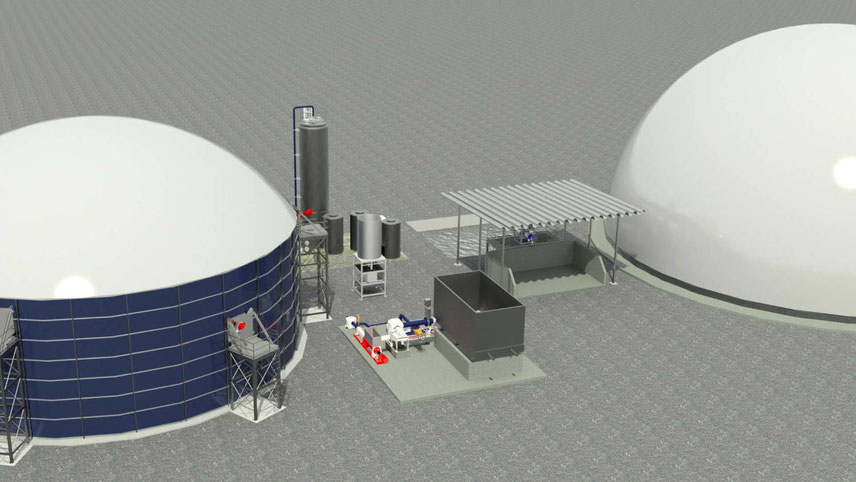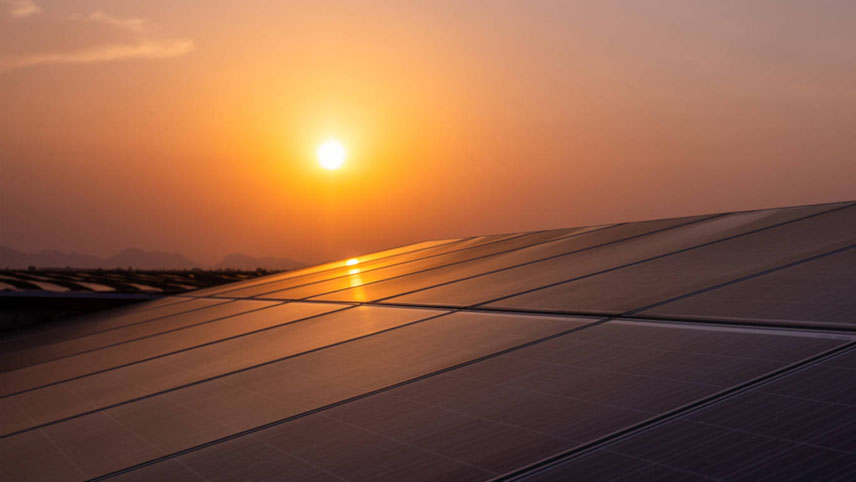Little Amal, a giant puppet of a 10-year-old Syrian refugee appeared at the COP26 yesterday. The 3.5-metre puppet completed ‘The Walk’, a four-month travelling festival of art and hope over 8,000 km from the Syrian border to Manchester. She was invited to Glasgow to open the Gender Day high-level event in the COP26 Blue Zone alongside young Samoan climate activist, Brianna Fruean to represent young women and girls from the global South on this world stage. The UK has announced £165 million to tackle climate change while addressing the inequalities that make women and girls more vulnerable to climate change and empowering them to take climate action. Around the world, the UN has found that women are more vulnerable to the effects of climate change than men, in part because they constitute a large majority of the world’s poor and often depend on small-scale farming for a livelihood, which is particularly vulnerable to climate change. Women and children comprise 80 per cent of those displaced by climate-related disaster. But addressing gender inequality has also been proven to advance efforts to tackle climate change. One of the most affected people by climate change are women and girls. They already face gender inequality across the globe, and with the climate change wreaking havoc in weather patterns and agriculture, women are left to bear the brunt, especially in poor countries. Let’s take a look at the five most pressing challenges that women and girls face because of climate crisis. Violence Women and girls come under increasing incidents of violence as they go out in search of food, water and other livelihood means. UNDP researchers have found out that women and girls were forced to make long journeys during seasons of drought to obtain food and water, exposing them to vendors, farmers, and landowners who would sexually assault them. The research also showed how poor harvests, livestock loss, low incomes and food insecurity put pressure on men as providers, and to cope with their ‘failures’, men often used alcohol and became violent within the home. When homes are destroyed by hurricanes or cyclones, women are forced to flee to temporary displacement camps, where they are exposed to increased violence from strangers. Child marriage For families already living in extreme poverty and insecurity, and lack of education, natural hazards and extreme weather due to climate change may be the tipping point where families feel forced to marry off their daughters for survival. Even though there are no concrete studies to establish the direct impact of climate change on the rate of child marriage, there are have been reports of families marrying off their young daughters because of the many familial and economic challenges. Contraception As women cope with climate disruptions, it is essential they have access to contraception to avoid further pregnancies amid crises. Analysis from MSI Reproductive Choices across 26 climate impacted countries has found that since 2011, an estimated 11.5 million have had their access to contraception disrupted due to climate-related displacement. Over the next decade, MSI predicts 6.2 million unintended pregnancies, 2.1 million unsafe abortions and 5,800 maternal deaths will occur if the high demand for contraception is not met.
-

Little Amal, a giant puppet of a 10-year-old Syrian refugee appeared at the COP26. She was invited to Glasgow to open the Gender Day high-level event in the COP26























